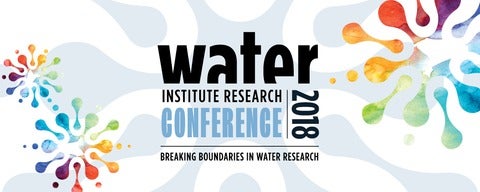MASc Thesis Seminar | Saravanan Natarajan: "Optimization & Comparison of Manual & Semi-Automated Material Handling in Cross-Dock using Discrete-Event Simulation"
A Cross-Dock (CD) is a synchronized unit of a supply chain network, used to sort the goods received from inbound trucks (from a warehouse or factory), and load those products to outbound trucks (for delivery of the goods to retail stores in the supply chain network). Most cross-docks use forklifts, and other manual material handling equipment (MHE) to process the goods on pallets received from inbound trucks. Those pallets are sorted and loaded onto outbound trucks.

